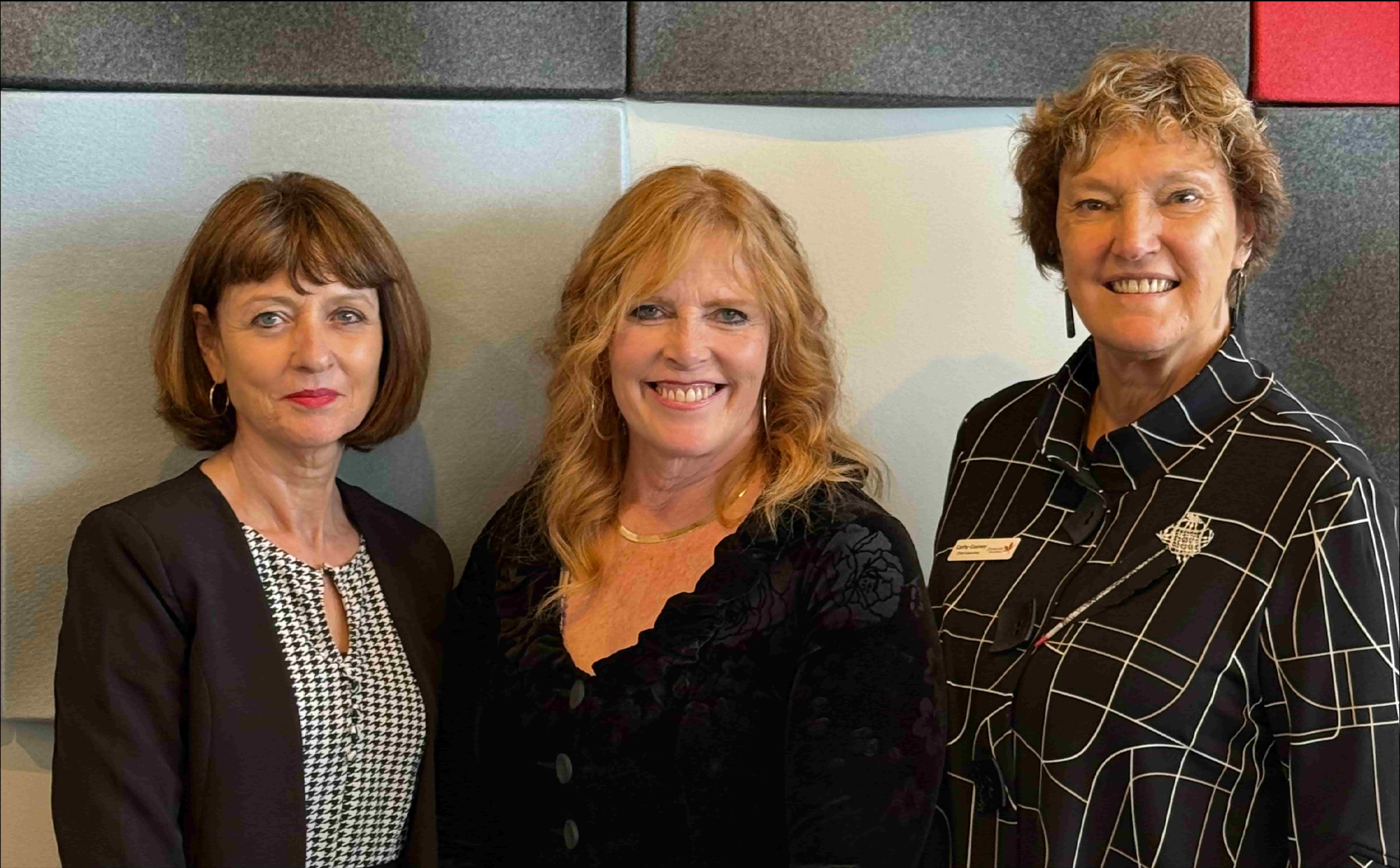Alzheimer’s Disease
What is Dementia?
Dementia is the umbrella term for a number of diseases and causes of problems with thinking and memory that are severe enough to make managing day to day life more difficult to achieve. Signs and Symptoms can vary considerably but may include memory loss, poor concentration, difficulties with planning and organising, and disorientation problems.
What is Alzheimer’s Disease?
- Alzheimer’s Disease is a progressive brain condition that causes the brain to shrink and the brain cells to eventually die.
- It was first noted in 1907 by German doctor, Alois Alzheimer. It is characterised by changes to brain structure called plaques and tangles, which are considered “prime suspects” in damaging and killing of brain cells.
- Plaques are Beta Amyloid proteins that build up in the spaces between the nerve cells, hindering the transmission of messages between the cells.
- Tangles are fibres of Tau, a protein that builds up inside the cells. They damage the connections between the cells and eventually causes the brain to die. This causes the brain to shrink.
- Changes to the brain may occur many years prior, but at a certain point the brain is unable to compensate for the changes making it unable to function properly, affecting their day to day living.
What you might see in Alzheimer’s Disease
- Cognitive problems including increased confusion, poor focus / concentration, problems with visual spatial relations and memory loss, especially recent memory. Questions may be repeated several times.
- Difficulties with planning or making decisions and less flexibility with changing tasks or multitasking. Tasks such as dealing with the bank may become difficult.
- Communication problems such as slower processing of conversations, difficulty understanding and responding, forgetting words, having word finding difficulties, or making errors with grammar.
- Changes in social behaviour/ personality may occur causing an outgoing person to become more subdued or withdrawn and a quiet person to display more irritated or angry behaviour. Problems such as depression and lack of lack of motivation may occur.
- Psychological issues such as delusions or hallucinations may also be present.
- Changes can appear subtle at the beginning, so initially, it may be difficult to identify problems.
- Memory problems can occur early in the process.
- Progression can be very gradual.
- Disorientation may cause a person with dementia to get lost and lose or misplace things.
- Later in the illness, issues such as incontinence, mobility problems, swallowing difficulties and seizures may occur.
Things That You Can Do That May Help
- Make sure your GP is involved with the care. Medication may help for a time, so it is important to monitor any changes. This is especially important when medications are introduced, or changes made to the dose. It is helpful to keep a folder to keep medical conversations and information sheets together. It is also helpful to write down your list of questions or things you want to discuss with the doctor before you visit.
- Contact your local Dementia New Zealand network member for support. The team at Dementia New Zealand are always willing to help with a listening ear and support. Social therapies such as Cognitive Stimulation Therapy and support with activity groups, enabling people to live well with dementia are available as part of the services provided.
- Establish a workable routine, so that there are not too many surprises. It may be helpful to plan to do activities the person enjoys at the same time each day to help maintain routine.
- Make dementia friendly changes to your home environment. Often very small changes can make life easier for a person with dementia, that in turn make it easier for all members of the family.
- Continue to offer choices on all aspects of daily life. A diagnosis of Alzheimer’s Disease does not diminish a person’s desire to have their own thoughts, opinions, feelings and wishes. Continuing to offer people choices helps to maintain dignity, respect, and a sense of wellbeing.
- Support family members to maintain relationships. Relationships with family members can change after a person is diagnosed with dementia. It may be necessary to support family members by offering reasons for the changes and encouragement to keep working at the relationship. Reminiscing is a good way to maintain relationships as a person with Alzheimer’s disease often still has some long term memory in tact.
- Validate any feelings that are expressed. This will help the person with dementia feel that they are being heard, creating a better sense of wellbeing.
- Use Strategies to promote ongoing communication. Use the positive communication fact sheet to help develop strategies to enhance good communication.
- Encourage regular hygiene routines. This may involve help from community care organisations.
- Offer healthy food choices. Offer more whole foods such as fresh fruit and vegetables rather than processed foods.
Frequently Asked Questions
What is the difference between Alzheimer’s and Dementia?
While dementia is a general term, Alzheimer’s Disease is a specific brain condition. It is marked by symptoms of dementia that gradually get worse over time. Alzheimer’s disease first affects the part of the brain associated with learning, so early symptoms often include changes in memory, thinking and reasoning skills.
What are the stages of Alzheimer’s disease?
Alzheimer’s disease progresses in several stages: preclinical, early (also called mild), middle (moderate), and late (severe). During the preclinical stage of Alzheimer’s disease, people seem to be symptom-free, but toxic changes are taking place in the brain. A person in the early stage of Alzheimer’s may exhibit the signs listed above.
As Alzheimer’s disease progresses to the middle stage, memory loss and confusion grow worse, and people may have problems recognizing family and friends. As Alzheimer’s disease becomes more severe, people lose the ability to communicate. They may sleep more, lose weight, and have trouble swallowing. Eventually, they need total care.








